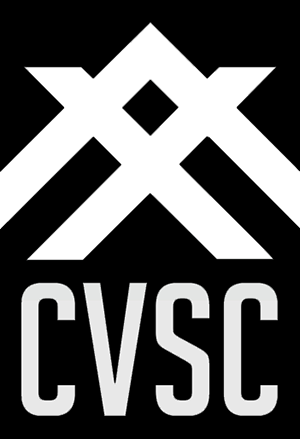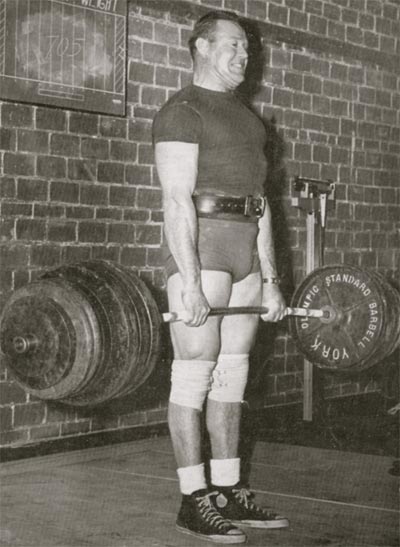Why Barbells Are Better Than Machines | The Art of Manliness
Why Barbells Are Better Than Machines | The Art of Manliness.
Here's a guest post on The Art of Manliness by Mark Rippetoe (if you are unaware he is an American strength training coach and author of Starting Strength, among several other fitness-related pieces).
"When a man walks into a gym, he may be confused about where to spend his time — in the section full of gleaming, easy-to-figure-out machines, or over by the barbells, where he might be more intimidated both by how to use them, and the kind of guys who are gathered there.
Let’s just clear it up right here: barbell training is the best way to train for strength. Bar none. Nothing else even comes close to the effectiveness of barbell squats, presses, deadlifts, and the Olympic lifts for the development of strength, power, and muscular size. The reason barbells are so very valuable is that they are the most ergonomically-friendly load-handling tool in existence – they allow very heavy weights to be gripped in the hands and moved directly over the center of the foot. Their extremely adjustable nature allows small increases in stress to be applied to the whole body over the full range of motion of all your major leverage systems; these small increases accumulate into amazing gains in size and strength for many uninterrupted years of progress.
A long time ago, gyms were equipped with barbells. And that was pretty much what you went to a gym to use – a steel bar and iron plates that were added to increase the weight. "
But then something happened just a few decades ago that changes the way a typical gym worked.
"An alternative to this perfectly logical approach to getting stronger was developed from some odds and ends that were floating around in gyms owned by guys who could weld: exercise machines that worked a few isolated muscles at a time. Simple versions have been in use for decades, and old photos of leg extension and leg curl machines can be found in magazines from the 50s and 60s.
In the middle 1970s, Arthur Jones began marketing his line of Nautilus machines to health clubs, sports teams, high schools, colleges and universities, and everybody else on the planet. Within a couple of years, he’d sold about $300 quadrillion dollars worth of the beautifully welded, beautifully designed electric-blue machines, 12 pieces at a time. Nautilus revolutionized the health club industry, establishing the concept of the modern gym, like the one you’re probably a member of with sales offices in the front, a huge roomful of shiny machines in the back, and several employees roaming the floor."
But this revolution didn't work. Despite all the promises, marketing and ease-of-use, machines couldn't replace the barbell.
"When one is “strong” one’s entire body is strong, not just one's quadriceps, or biceps, or triceps. Machines have never formed the basis of the competitive strength athlete's program, because they lack the barbell's capacity for long-term progress: you cannot increase the weight on a leg extension for years, like you can a deadlift, because muscles do not normally work in isolation from all the other muscles in the area.
Since your body as a whole can move heavier loads than individual muscles, strength training using barbells applies much more stress to the system — in a good way — than a machine which is only working one isolated muscle group at a time. "
In short, machines can strengthen and build isolated muscles, but for strength gains, the ultimate goal of all training, they cannot surpass the effectiveness that come with barbell training, especially in compound lifts (deadlifts, squats, olympic lifts, etc).
Click here to read the full article.
or here to read more Barbell training at Starting Strength

